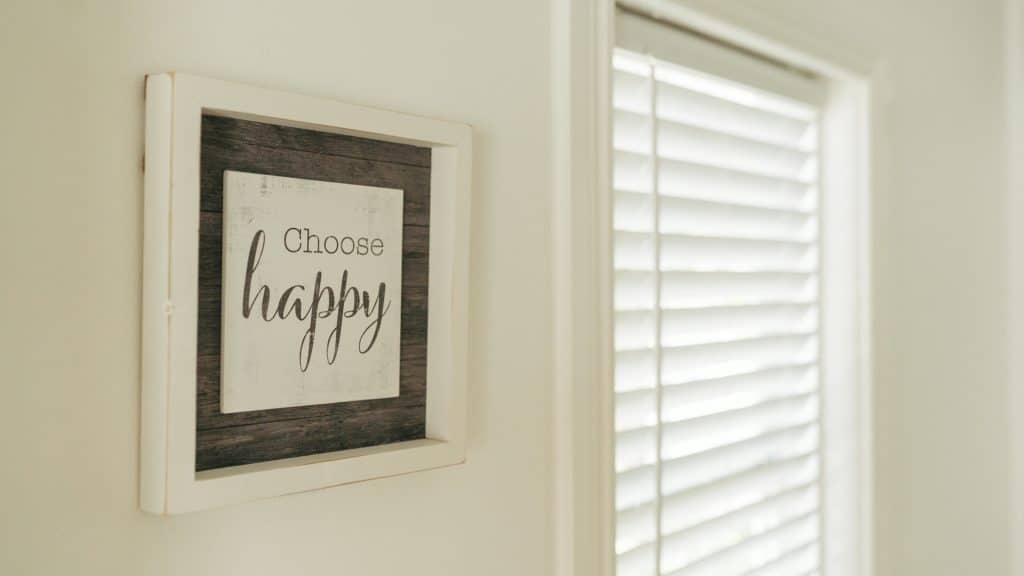In 2025, as cities get denser and living spaces grow smaller, the concept of a minimalist living room is no longer just an aesthetic choice—it’s a practical necessity. Whether you’re living in a compact urban apartment or trying to make the most of an open-plan home, maximizing space without compromising comfort or style has become a major focus in interior design. A minimalist living room doesn’t mean bare walls and cold furniture—it’s about intentional design, functional layout, and reducing visual clutter to create a calming, usable space.
With rising housing costs and an increase in remote work, people are spending more time in their living rooms than ever before. This trend has pushed homeowners and renters alike to prioritize smart design that allows small spaces to serve multiple functions—without feeling crowded or chaotic.

The 2025 Trend: Functional Minimalism Over Aesthetic Minimalism
Minimalism has evolved. In the past, it often meant stark white rooms with a few designer pieces. Today, the emphasis has shifted toward functional minimalism—a style that balances beauty with real-world utility.
Key Features of Functional Minimalism:
- Dual-purpose furniture: Sofas with hidden storage, ottomans that double as coffee tables, and modular shelving units are gaining traction.
- Neutral color palettes with warmth: While white is still popular, soft greys, taupes, and earthy greens help maintain a sense of calm without feeling sterile.
- Tech-integrated simplicity: Built-in speakers, hidden wiring, and smart lighting systems reduce clutter and promote seamless use.
According to a 2024 trend report by Architectural Digest, over 60% of interior designers cited functional minimalism as their top design focus for the year ahead, particularly in metropolitan areas where every square meter counts.
How to Design a Minimalist Living Room That Works
Creating a minimalist space doesn’t mean throwing everything out and starting from scratch. The goal is to reduce unnecessary items, streamline your layout, and make each piece of furniture or decor count.
1. Start with a Space Audit
Before buying anything new, evaluate what you already have. Ask yourself:
- Does this item serve a purpose?
- Does it add visual harmony or clutter?
- Can it be stored or relocated to make the room feel more open?
Removing excess furniture is often the easiest way to open up a space. Consider shifting large bookcases to other rooms or swapping bulky chairs for slimline alternatives.
2. Choose a Clean, Unified Color Palette
Minimalist doesn’t have to mean monochrome. The key is to avoid jarring contrasts and instead aim for:
- Complementary tones (e.g., soft beiges with light woods)
- Muted accent colors for depth (like navy blue or forest green)
- Matte finishes over glossy ones to reduce light glare and visual noise
A consistent color story helps the room feel larger, calmer, and more cohesive.
3. Prioritize Multi-Use Furniture
One of the best ways minimalist living rooms maximize space without compromise is by using multi-functional furniture. Look for pieces that work double duty, such as:
- Nesting tables
- Wall-mounted folding desks
- Sofas with pull-out beds or built-in storage
According to Houzz’s 2025 Home Design Trends Study, searches for “storage coffee table” and “foldable wall desk” rose by over 40% year-on-year.
Current Innovations: Minimalism Meets Smart Living
Tech companies are increasingly catering to small-space living with smart integrations that hide clutter and streamline daily life.
Examples of Innovation:
- Invisible charging panels: Embedded into coffee tables and sideboards to reduce cable clutter.
- Automated lighting: Smart bulbs that change brightness or color temperature depending on the time of day.
- Projection screens: Instead of bulky TVs, retractable projector screens save space and eliminate the need for TV units.
These innovations show how minimalist living rooms maximize space without compromise, especially in tech-savvy homes.
Lighting and Layout: The Subtle Power of Open Design
Natural light is a minimalist’s best friend. If possible, remove heavy curtains and let in as much light as possible. Mirrors can also amplify brightness and make the room feel more expansive.
Layout Tips:
- Keep furniture away from walkways to maintain flow.
- Group seating around a central point like a coffee table or rug to create structure.
- Use rugs or lighting to define zones if the room serves multiple purposes (e.g., lounging and working).
Design expert Anita Yokota recommends using asymmetry to your advantage: “Offsetting a sofa with a slim chair or floating shelf adds movement without adding clutter.”
Art and Decor: Less, But Meaningful
Minimalism doesn’t mean going without personality. It means being selective. One large piece of art, or a single curated gallery wall, often has more impact than several scattered items.
Suggestions for Minimalist Decor:
- One sculptural vase instead of three small accessories
- A single oversized print in calming colors
- Floating shelves with just one or two curated objects
Plants are also an excellent way to add life without clutter. Go for easy-care varieties like pothos or snake plants.
Small Room, Big Impact: Real-World Examples
Let’s break down how different minimalist strategies have been applied in actual small living spaces:
Urban Apartment (500 sq ft)
- Used wall-mounted TV and shelf combo
- Floor-to-ceiling curtains in a neutral linen
- Drop-leaf dining table that folds flat
Shared Living Space
- Modular sofa that reconfigures for guests
- IKEA KALLAX shelf as room divider and storage
- Soft lighting zones for working vs relaxing
These examples highlight how minimalist living rooms maximize space without compromise by merging style, function, and flow.
Mistakes to Avoid
Even minimalist design has pitfalls. Here’s what to steer clear of:
- Too much open shelving: It can become visually overwhelming if not meticulously maintained.
- Lack of texture: A room that’s too flat (visually and physically) can feel cold.
- Ignoring vertical space: Wall height is often underutilized—consider floating shelves or vertical storage towers.
Conclusion
Minimalist living rooms are not about empty spaces or aesthetic rigidity. They’re about living smarter—using design choices that open up your room, reduce mental noise, and support how you actually live. As hybrid work continues and urban density grows, the ability to adapt your space without sacrificing comfort or style will only become more essential.
Minimalist living rooms maximize space without compromise—through design choices that are intentional, functional, and sustainable for the long term.
References
- Architectural Digest – “2024 Interior Design Trends”
https://www.architecturaldigest.com/story/2024-design-trends - Houzz – “2025 Home Design Trends Study”
https://www.houzz.com/magazine/houzz-research - Philips Hue – “Smart Lighting for Every Room”
https://www.philips-hue.com/en-us









